The evolution of the trucking industry in the last 100 years: from a new way of transportation to technological innovation.
 Trucking in the 1920s: The Birth of an Industry
Trucking in the 1920s: The Birth of an Industry
A hundred years ago, the trucking industry was in its infancy, navigating a rapidly changing landscape shaped by technological innovation, economic shifts, and evolving infrastructure. The 1920s marked a pivotal decade in the transformation of trucking from a niche mode of transport into a vital part of American commerce.
 Early Technology and Vehicle Design
Early Technology and Vehicle Design
Trucks in the 1920s were a far cry from the powerful, streamlined machines we see today. Most were equipped with gasoline engines, though diesel engines—25–40% more efficient—began to emerge later in the decade. These early trucks featured six-cylinder engines, power-assisted brakes, and rudimentary steering systems. Semi-trailers were introduced, allowing for heavier loads and more efficient transport. However, the vehicles were still relatively slow, unreliable, and limited in range.
 Infrastructure Challenges
Infrastructure Challenges
One of the biggest hurdles for trucking in the 1920s was the lack of paved roads. Rural routes were often dirt paths, making long-distance hauling difficult and dangerous. The expansion of road networks during this period helped alleviate some of these issues, but it wasn’t until the 1950s that the Interstate Highway System revolutionized freight transport.
 Economic Expansion and Small Business Growth
Economic Expansion and Small Business Growth
The 1920s saw a boom in small businesses, many of which relied on trucks to expand their reach beyond local markets. Mom-and-pop stores began using trucks to deliver goods to neighboring towns, helping to decentralize commerce and reduce reliance on railroads. This shift allowed for more flexible and responsive supply chains, laying the groundwork for modern logistics.
 Prohibition and the Underground Economy
Prohibition and the Underground Economy
Interestingly, the Prohibition era (1920–1933) gave trucking an unexpected boost. Trucks became essential tools for the illegal transport of alcohol, often hidden in cargo and driven across state lines under the radar of law enforcement. This underground economy fueled demand for trucks and helped spread their use across the country.
 Regulation and Standardization
Regulation and Standardization
As trucking grew, so did the need for regulation. By the late 1920s, states began implementing weight limits to protect fragile road surfaces from damage caused by heavy vehicles with iron and solid rubber wheels. In 1935, the Motor Carrier Act introduced federal oversight, including safety standards and hours-of-service rules, marking the beginning of formal regulation in the industryapexcdl.com.
 Legacy and Impact
Legacy and Impact
The 1920s were a foundational decade for trucking. Despite technological limitations and infrastructure challenges, the industry laid down roots that would support its explosive growth in the decades to come. Trucking began to shift freight movement away from railroads, offering more direct and flexible delivery options. It also played a key role in shaping the American economy, enabling businesses to reach new markets and consumers to access goods more easily.
From dusty roads and rudimentary engines to bootlegging and burgeoning commerce, trucking in the 1920s was a gritty, transformative era. It was the beginning of a journey that would eventually make trucks the backbone of American logistics.
At Orange Commercial Credit, we’re here to help you navigate these changes and grow your business on your terms.
Let’s talk about what’s next.
Reach out to me, Bob Dilliplaine, at 714-345-9654 or visit www.occfactor.com.
Let’s build the future of freight—together.
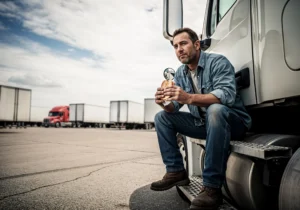
Truck drivers are at high risk of developing diabetes
About 11% of the adult population meets the criteria for prediabetes, and there is a particular group at high risk: truck drivers. Diabetes rates in
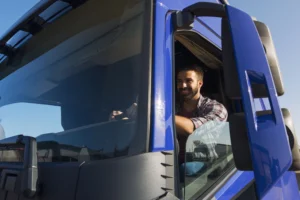
Starting in trucking: required permits, registrations, and compliance
Are you a new carrier? This is what you need to know about permits, registration, and compliance. The trucking industry can be quite challenging for
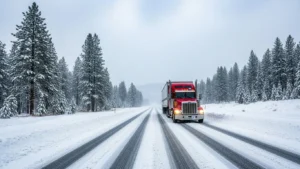
Alberta Clipper Brings an Early Polar Blast: A Critical Alert for Drivers
The Alberta Clipper is sweeping across the country with fast-moving Arctic air, sharp temperature drops, and dangerous road conditions that demand heightened attention from all professional drivers.

American manufacturers trigger truck “dumping” investigation
Foreign trailer manufacturers under investigation for alleged “dumping” in the U.S. The U.S. truck market is at the center of a trade dispute. After domestic
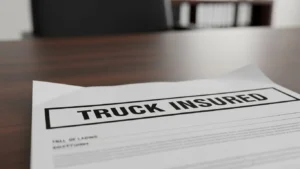
ATRI Warns: Litigation Is Rising Across the U.S. Trucking Industry
A new report from the American Transportation Research Institute (ATRI) reveals how escalating litigation, higher legal costs, and mounting insurance pressures are reshaping the U.S. trucking industry. The findings mark a critical moment for motor carriers, insurers, and logistics stakeholders who must understand the changing legal environment — and the increasingly strategic role of strong insurance partnerships.

FMCSA says no to hours-of-service exemptions
FMCSA rejects two requests for exemptions to hours-of-service rules for commercial drivers. The Federal Motor Carrier Safety Administration (FMCSA) has denied two exemption requests related
All content and original artwork, unless otherwise noted, is protected by copyright. Saint George uses certain images under license from various licensing vendors for this purpose. Any unauthorized commercial reproduction or distribution of copyrighted materials is prohibited.

 Trucking in the 1920s: The Birth of an Industry
Trucking in the 1920s: The Birth of an Industry Early Technology and Vehicle Design
Early Technology and Vehicle Design Infrastructure Challenges
Infrastructure Challenges
 Economic Expansion and Small Business Growth
Economic Expansion and Small Business Growth Prohibition and the Underground Economy
Prohibition and the Underground Economy Regulation and Standardization
Regulation and Standardization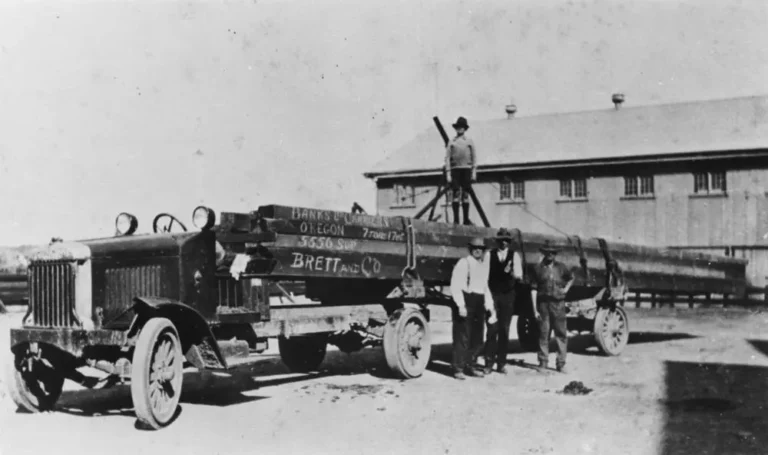
 Legacy and Impact
Legacy and Impact